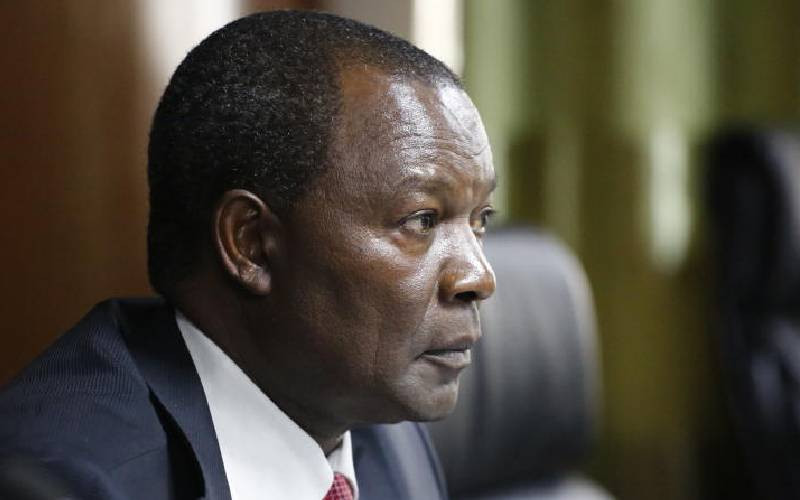×
The Standard e-Paper
Stay Informed, Even Offline

Parliament has revealed that opaque terms in State loans are pushing Kenya towards a debt crisis.
An investigation by the Public Debt and Privatisation Committee seen by Financial Standard found that Kenyan taxpayers are bearing a significant burden of hidden fees and costs in State loans, amounting to billions of shillings annually.